
Shower sliding doors are becoming increasingly popular in modern home decoration, as they effectively save space and add a sense of fashion to the bathroom. However, installing and maintaining shower sliding doors can be challenging for many households. This article will provide practical advice and tips from a professional perspective to help you smoothly install shower sliding doors and extend your service life.
Installation of shower sliding door
1.1 Preparation work
Before installing the shower sliding door, you need to make the following preparations:
Measurement dimensions: Ensure that you accurately measure the dimensions of the shower area, including width, height, and depth. The accuracy of size is crucial for selecting the appropriate sliding door.
Choose the appropriate sliding door: Based on the measurement results, select the suitable sliding door for your bathroom. Consider the door's material, the glass's thickness, and the type of track. According to the National Association of Home Builders (NAHB), the proportion of people who choose tempered glass sliding doors for home decoration is as high as 75%, as their safety and durability are widely recognized.
Preparation of tools and materials: Screwdrivers, drills, tape measures, level gauges, sealants, and other tools and materials are required during the installation process. Ensure that everything is ready to avoid interruptions during the installation process.
1.2 Installation steps
Installation track: First, install the sliding door tracks at the top and bottom of the shower area according to the instructions. Use a spirit level to ensure the track is level and the sliding door operates smoothly.
Install side walls and fixed plates: Install the side walls and fixed plates of the sliding door on both sides of the track. Ensure they are securely fixed to the wall and reinforced with screws and sealant.
Install sliding door: Install the sliding door on the track. Usually, sliding doors have two installation methods: upward sliding and downward sliding. According to the manual instructions, insert the sliding door into the track and debug it to ensure it can slide smoothly.
Adjustment and fixation: Adjust the height and position of the sliding door to be parallel to the track and ensure that there is no gap between the door and the door frame. Use screws to secure the position of the door.
Sealing treatment: Apply sealant to the gap between the sliding door and the wall to prevent water leakage. After waiting for the adhesive to dry, check the sliding effect of the door again.
Maintenance of shower sliding door
2.1 Daily Cleaning
Glass cleaning: Regularly use glass cleaner to clean the glass part of the sliding door. According to the National Health Foundation (NSF) recommendations, cleaning products containing abrasives should be avoided to prevent scratching the glass surface.
Track cleaning: The track of sliding doors is prone to accumulating dirt and scale. Use a soft-bristled brush or vacuum cleaner to clean the dirt in the track, ensuring that the track is clean and unobstructed.
Sealing strip maintenance: Regularly check the sealing strip of the sliding door to ensure that it is intact and undamaged. If the sealing strip is aged or damaged, replace it promptly.
2.2 Regular Inspection
Pulley inspection: The pulley of the sliding door is a crucial component for the smooth operation of the door. Regularly check the wear of the pulley and replace it if necessary. Lubrication of the pulley is also essential. Regularly apply lubricating oil to the pulley to maintain its flexibility.
Track inspection: Check the fixation of the track to ensure that it is not loose. If the track is found to be loose, use screws to reinforce it promptly.
Door frame inspection: Check the door frame and fixing plate of the sliding door to ensure that they are firm and not loose. The stability of the door frame directly affects the service life of the sliding door.
2.3 Handling Common Problems
Smooth sliding: If the sliding door is found to be not sliding smoothly, it may be caused by track dust accumulation, pulley wear, or track deformation. Cleaning the track, replacing pulleys, or adjusting the track can solve the problem.
Door looseness: Door looseness is usually caused by loose screws or deformation of the fixing plate. Check and reinforce the screws or replace the fixing plate.
Water leakage: Water leakage problems are usually related to inadequate sealing treatment. Applying sealant again or replacing the sealing strip can effectively solve the problem of water leakage.
Choose the appropriate sliding door
3.1 Material selection
Glass: There are two types of glass materials for sliding doors: tempered glass and laminated glass. Tempered glass has high strength and good impact resistance, but it breaks into small particles. Laminated glass can maintain its integrity even after being broken, making it safer. According to the Glass Association of America (GANA), tempered glass has a market share of approximately 60% in residential applications, mainly due to its high safety and durability.
Aluminium alloy: The frame material of sliding doors is mostly aluminium alloy, which has the advantages of being lightweight, rust-proof, and durable. When selecting, evaluation can be based on the thickness and surface treatment process of the aluminium alloy.
3.2 Design selection
Monorail sliding door: suitable for bathrooms with small spaces, easy to install, but requires sufficient wall space for sliding.
Double track sliding door: suitable for bathrooms with larger spaces, the two doors can slide separately for easy use, but the Installation is slightly more complicated.
Frameless sliding door: simple design, good visual effect, but high installation requirements, requiring precise dimensions and technical support.
Energy conservation and environmental protection
4.1 Environmentally friendly materials
Choosing sliding doors made of environmentally friendly materials not only helps reduce indoor air pollution but also improves the health level of households. For example, materials with low volatile organic compounds (VOCs) can effectively reduce the release of harmful substances indoors. According to data from the US Environmental Protection Agency (EPA), using low-VOC materials can reduce indoor air pollution by over 50%.
4.2 Energy-Saving Design
The sealing performance of sliding doors has a significant impact on the insulation and energy efficiency of bathrooms. Choosing sliding doors with good sealing performance can effectively reduce heat loss and improve energy utilization efficiency. In addition, glass with anti-fog coating can prevent water vapour condensation, maintain glass transparency, and reduce cleaning frequency. According to data from the US Department of Energy (DOE), doors and windows with good sealing performance can reduce household energy consumption by about 15%.
Conclusion
The Installation and Maintenance of shower sliding doors require some skills, but as long as you master the basic methods and steps, you can effectively extend their service life and maintain their beauty and functionality. In the process of selection and use, paying attention to environmental protection and energy conservation will bring you a more comfortable and healthy home experience. I hope the suggestions and tips in this article can help you better manage shower sliding doors and add convenience and fun to your family life.

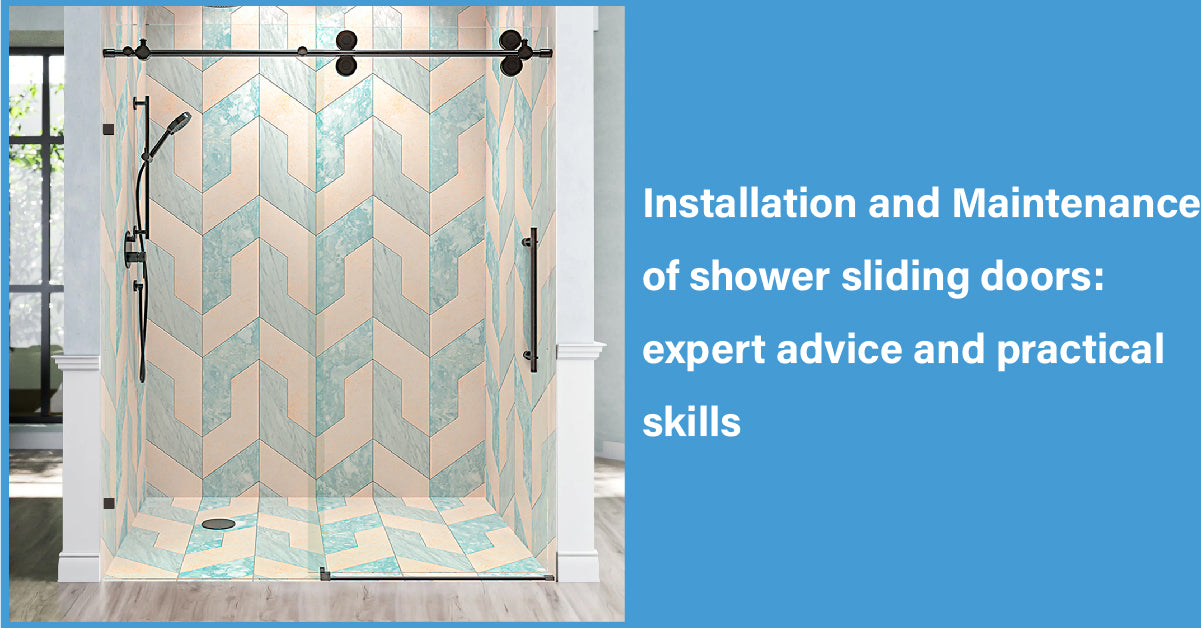

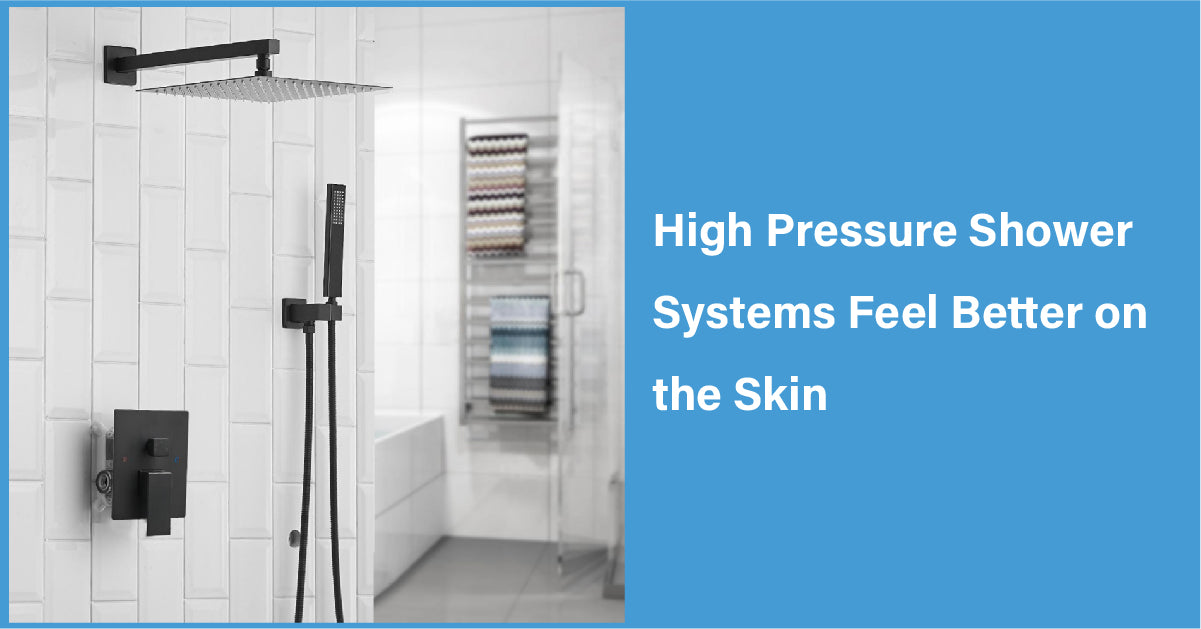
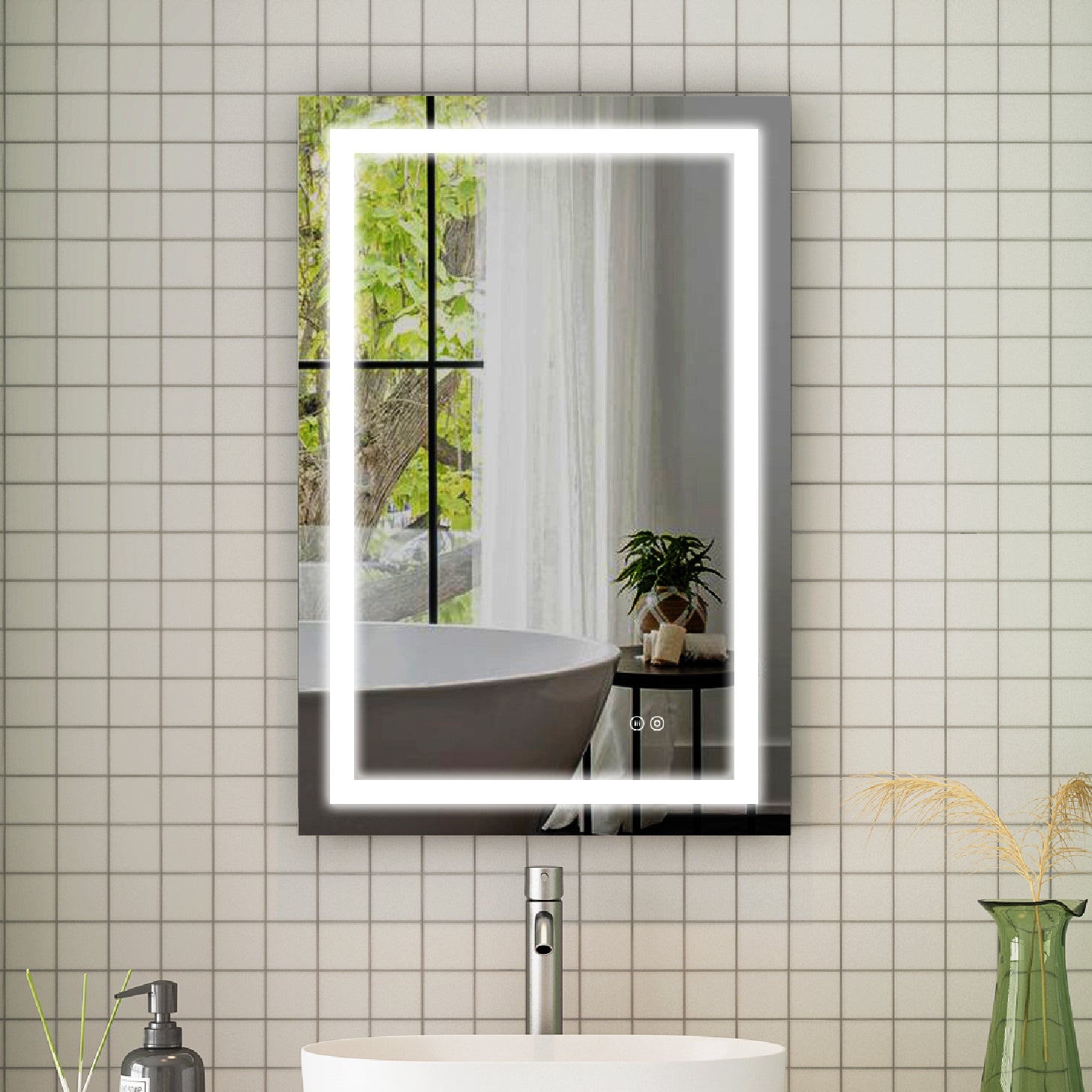

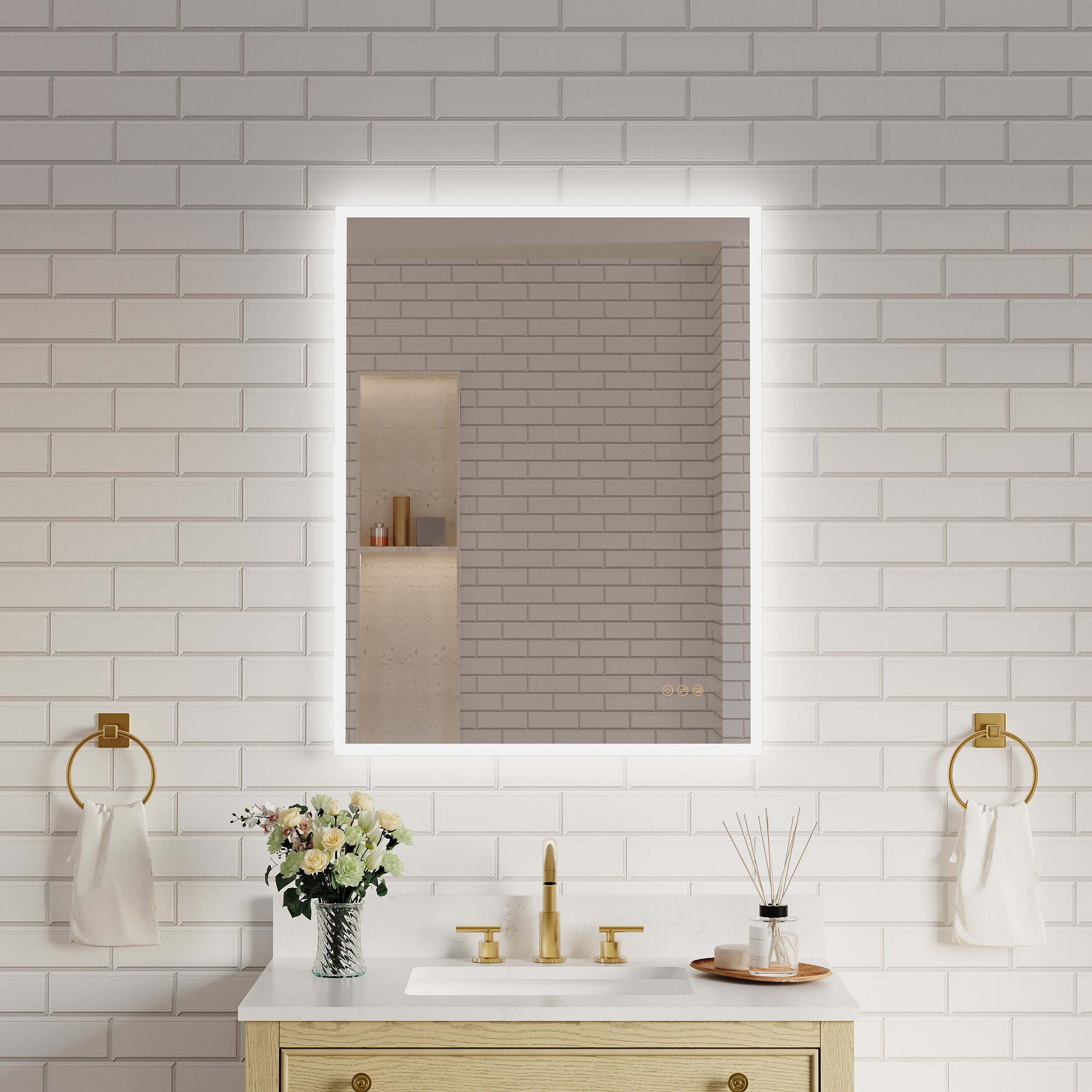


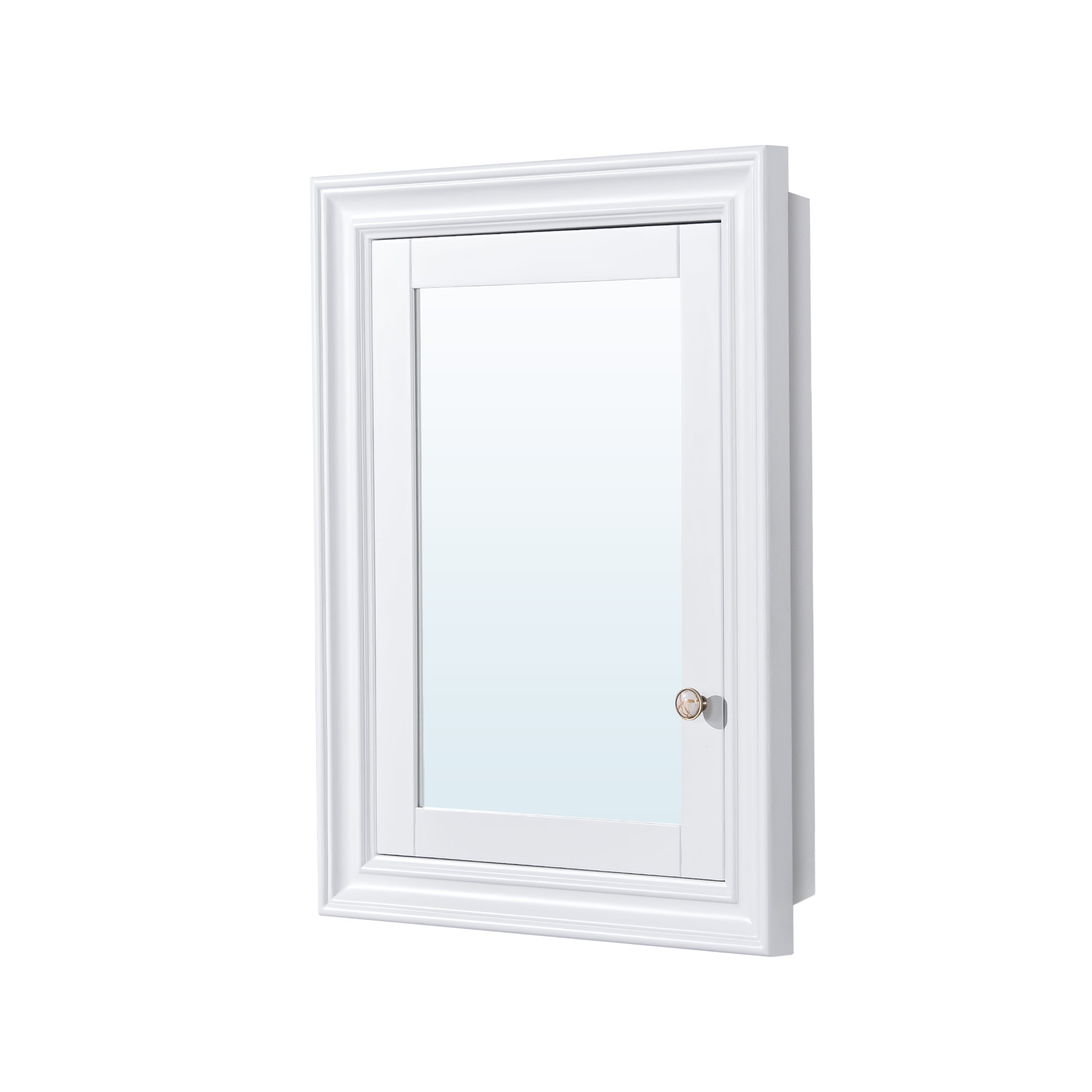
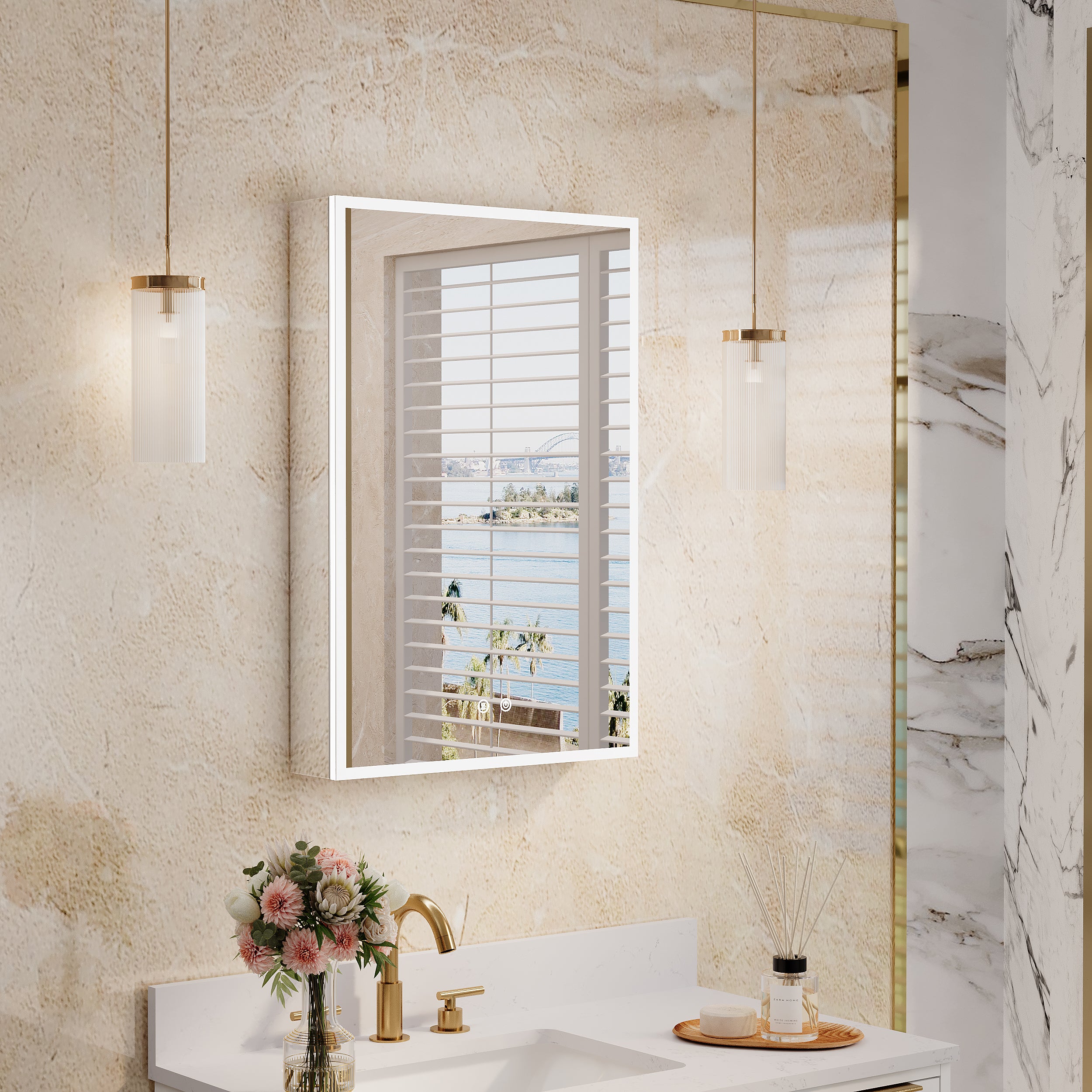
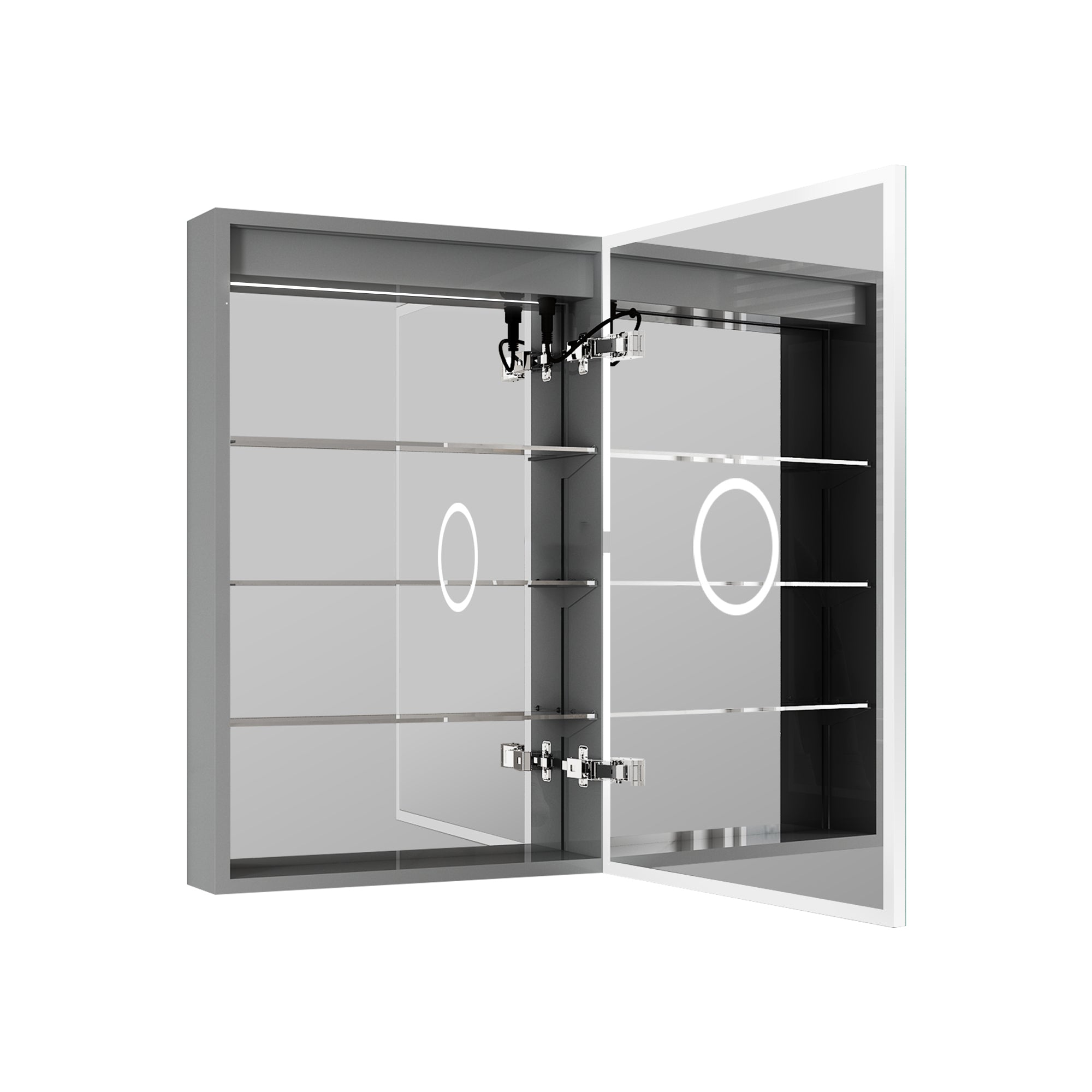
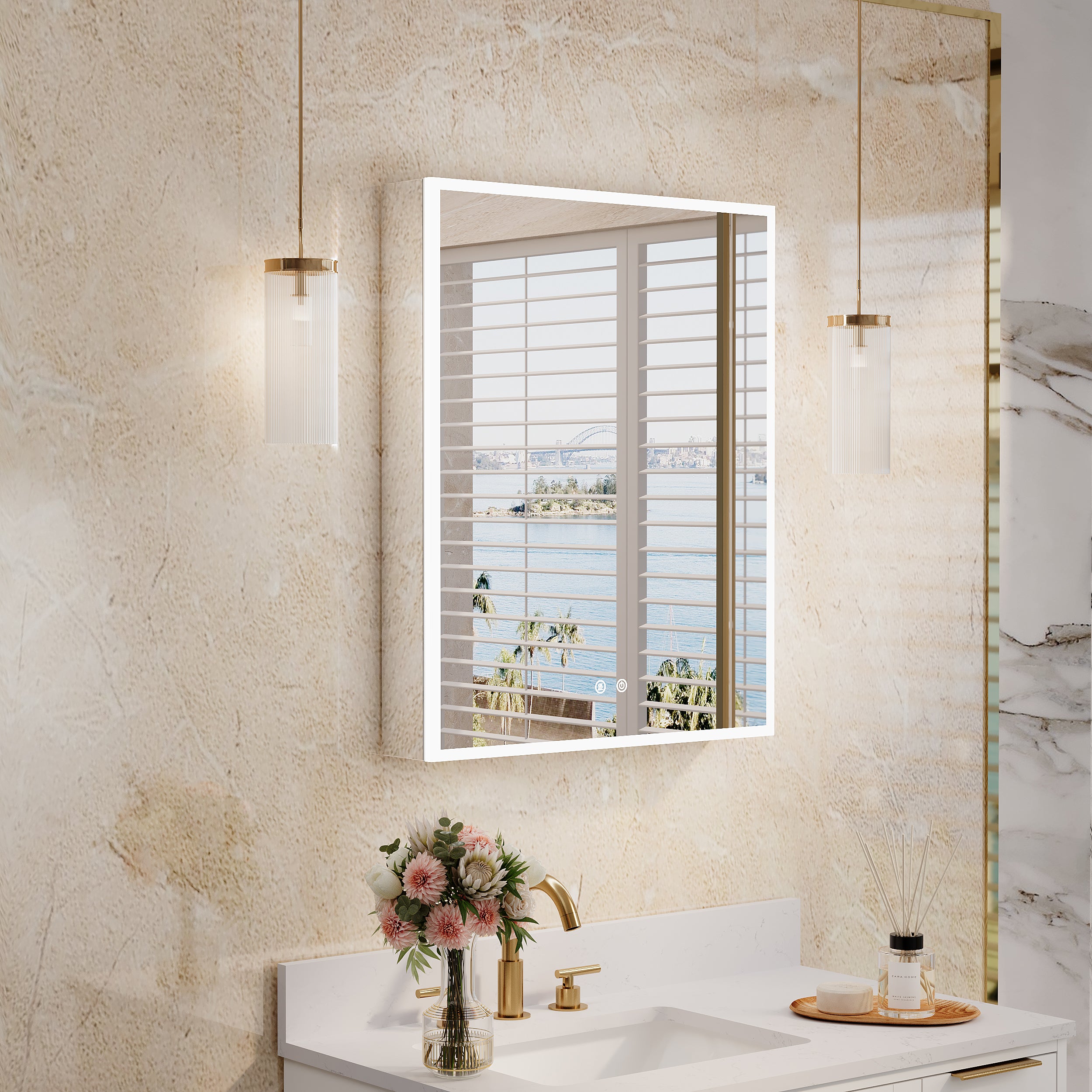
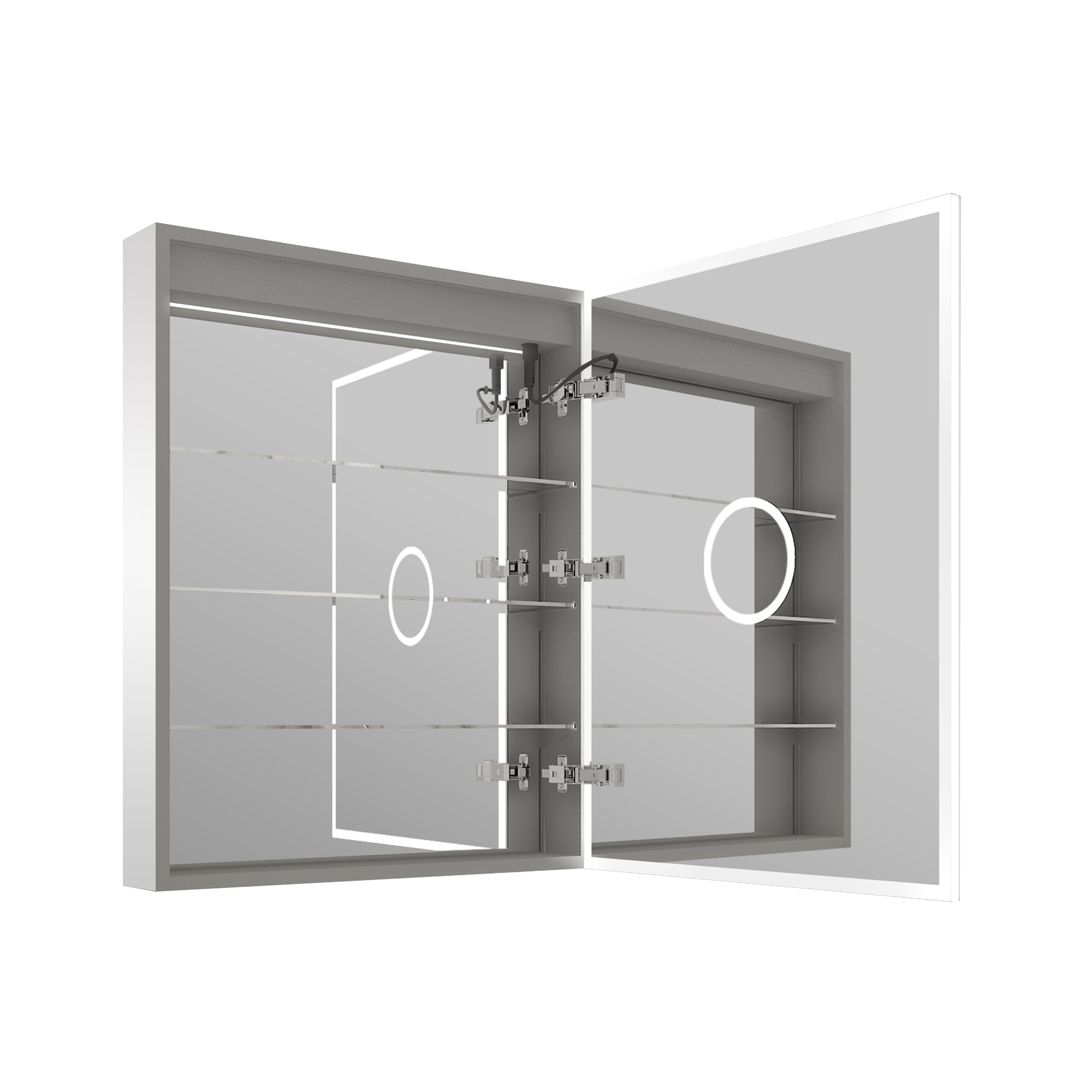
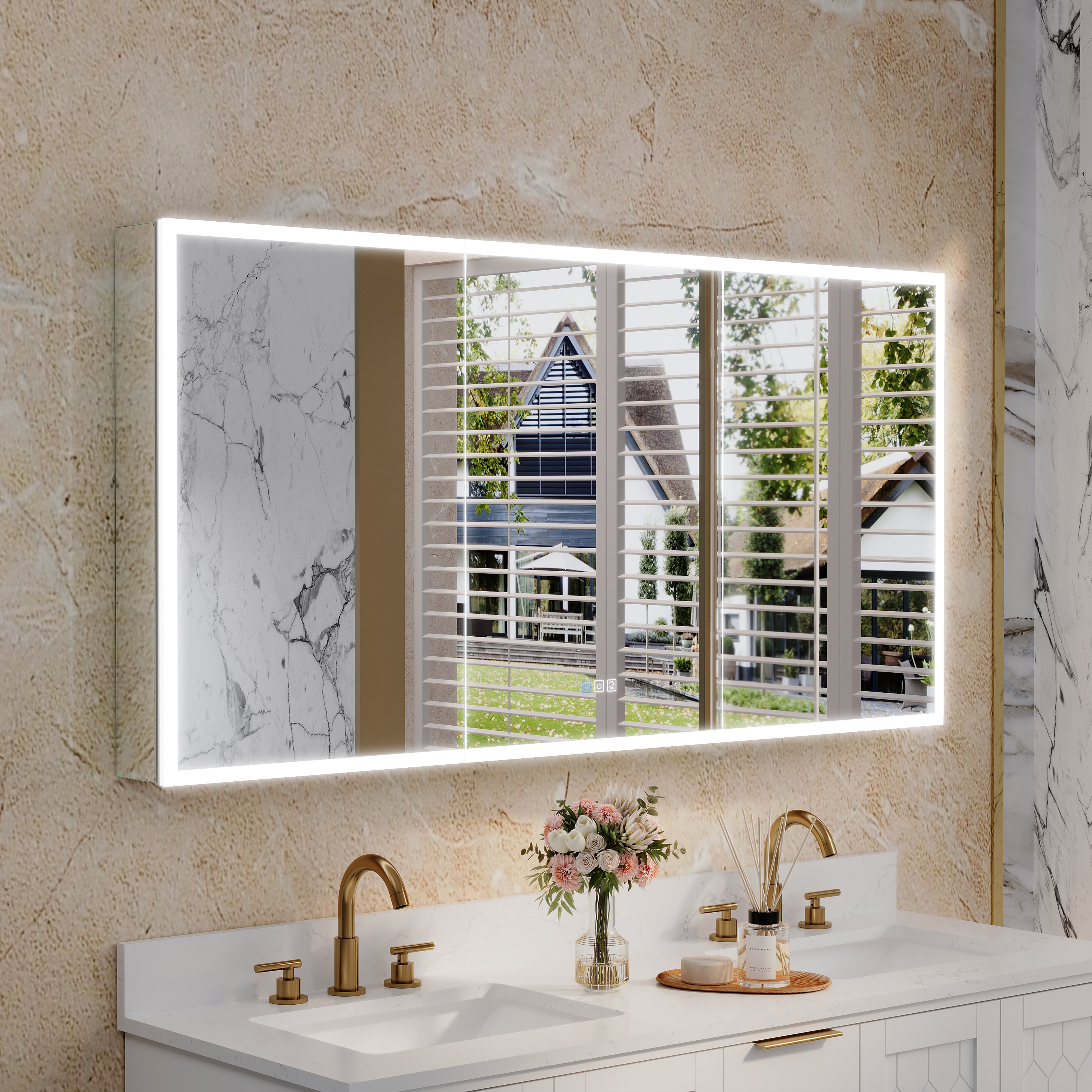
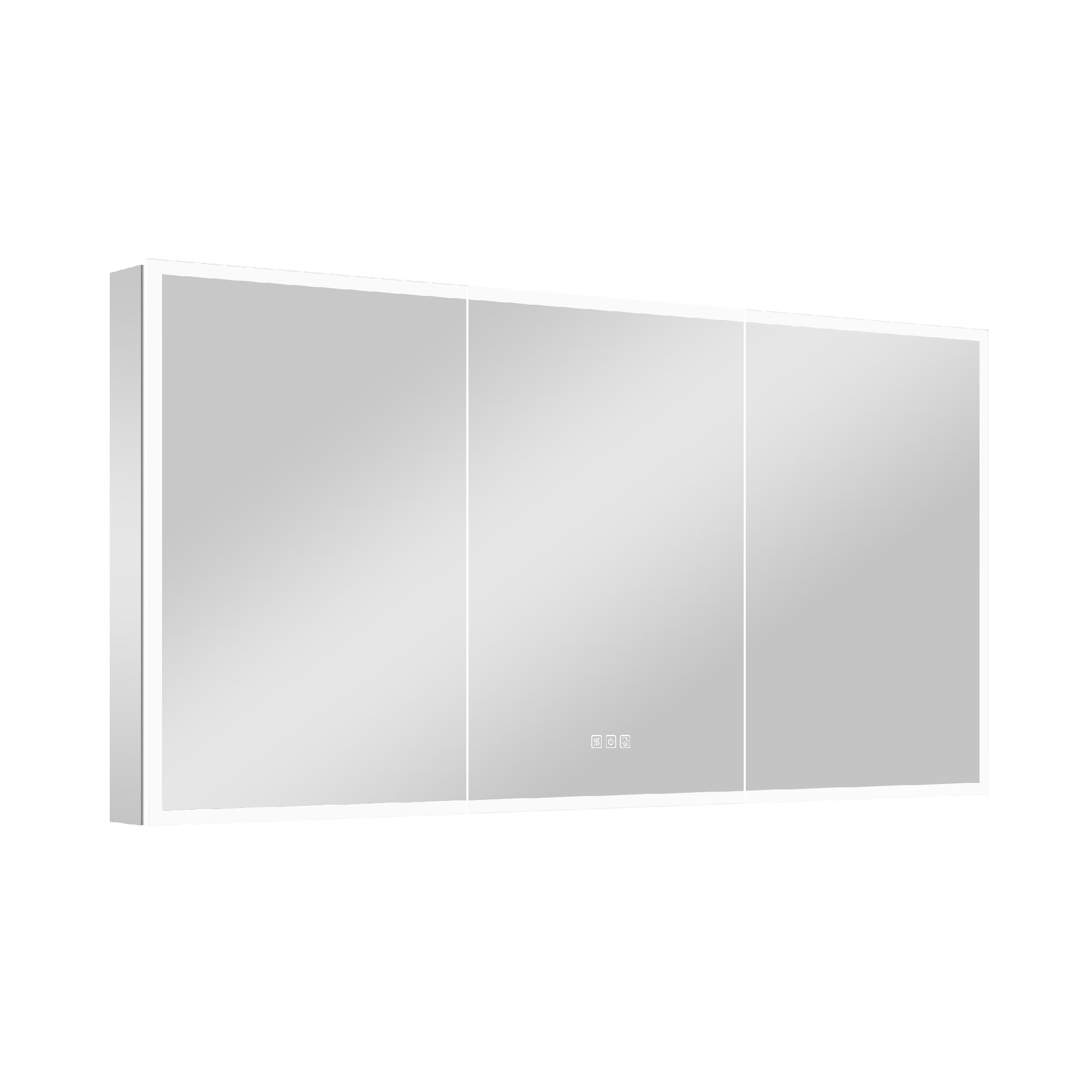
Leave a comment
This site is protected by hCaptcha and the hCaptcha Privacy Policy and Terms of Service apply.